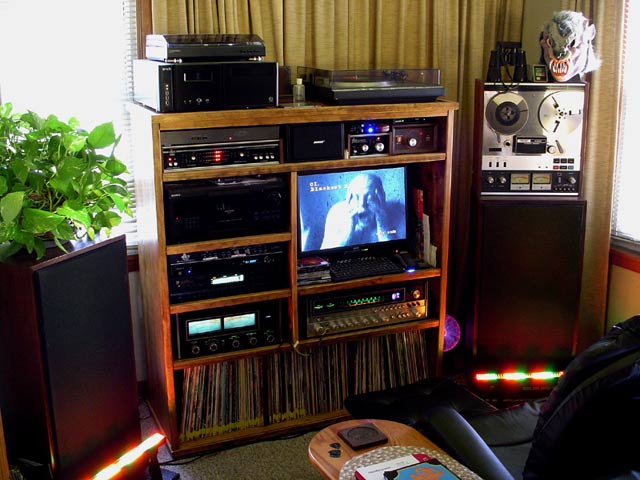JamesDean59
Well-Known Member
Hey everyone,
I was just curious what everyone thought about these units? Anyone still use them?
I was just curious what everyone thought about these units? Anyone still use them?
I use both this model (original 3BX with optional 3BX-R remote) and the next version, the series II 3BX. I like both but the older system sounds better to me.
You can get the service manual here (it may be in the AK archives too, can't remember):
http://vintagedbx.free.fr/service manual/3bx.pdf
The pots are used to align the various stages of the expander circuits. The manual covers that process.
You have what I think is the best of these units sonically (up to maybe the much later 4BX). These original 3BX when used with the 3BX-R have additional flexibility for user adjustment, there are more pots under the little steel panel on the rear of the remote. I usually find 3BX are too sensitive on the HF band, but you can dial that back a little on the 3BX-R. To do that on my series II models requires screwing with the factory alignment internally, so I usually leave those stock and the highs get boosted a little more than I prefer.
Do a search of the forum, should find a really nice thread detailing a complete overhaul of one of these original models.
John

Every once in a while you will run across a DBX-encoded vinyl LP. You can't even play them back right (they'll sound weird!) without one of those DBX units, but with one, Wow! - those records can sound very dynamic. The DBX is great for tape recording; if you use a reel-to-reel, it's worth hunting down a DBX unit. Just don't make the usual beginner's mistake, and OVER use it. The DBX magic works best when it's just barely applied.
